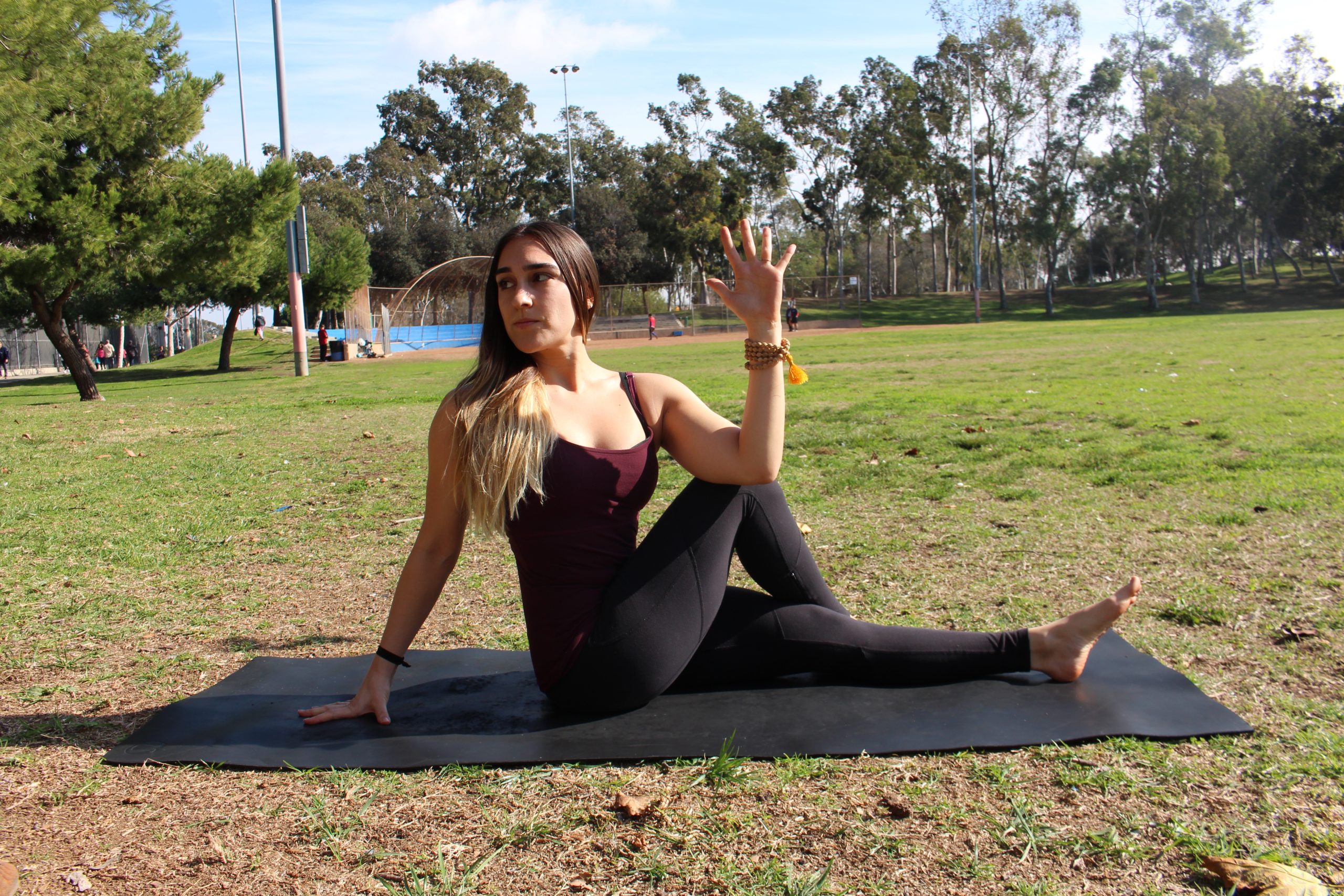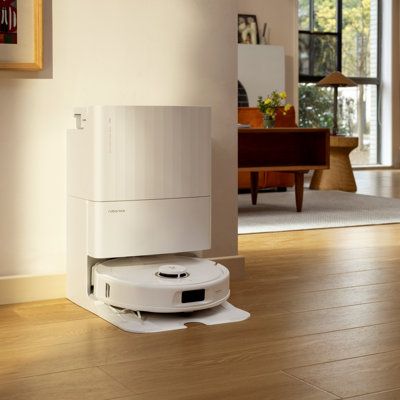When she’s not in a courtroom, mindfulness expert and attorney, Mona Tashroudian, shares her healthy living secrets in our “Ask a Mindfulness Expert” column. Come back the second Monday of each month for Tashroudian’s actionable tips to help you on your journey to becoming your healthiest, happiest self.
If you’re looking to be more efficient and happy in your life, there’s absolutely one habit you have to kick: multitasking. We’re all guilty of it: Texting while walking, getting dressed while on the phone, writing an email to a colleague during a meeting.
In attempts to “create” more time in our lives, we all try to multitask. For example, at work, I am guilty of drafting an email to one person, while talking on the phone to another (this is really tricky), and at home, I simultaneously cook while washing the dishes (this is even trickier). When performing these multitasking activities, my heart is slightly racing, and I am not in a place of being present or peaceful. I am not giving whoever is on the phone my best self, nor am I drafting a meaningful email, or cooking dinner with love. But hey, the more I do, the better of a human being I am, right? Well, not really.
A new study from researchers at Stanford University shows that multitasking is not nearly as efficient as we like to believe, and it can even be harmful to our health. The science is simple: When you try to do two things at once, your brain lacks the capacity to perform both tasks successfully. As a result, your brain slows down and neither task is performed at its optimal potential. In other words, the more you multitask, the lower the quality of your work. In addition to making you less productive, multitasking also lowers your IQ (yes, really).
A study from the University of London found that participants who multitasked during cognitive tasks experienced IQ score declines that were similar to what they’d expect if they had smoked marijuana or stayed up all night. So by trying to multi-task you not only are feeling flustered; you may very well also be damaging an area of your brain that’s critical to your future success.
What’s really driving us to multitask in the first place? A false idea that every task is urgent and deserving of immediate attention. Sure, we are capable of doing multiple things at one time. However, research shows that the prefrontal cortex is only able to focus on one thing at a time, and by trying to perform multiple tasks at one, the brain is exhausted because the brain has a natural recovery rate when jumping between tasks. So, what do we do? With an influx of social obligations, social media, and life commitments constantly tugging at our figurative pant-legs, it’s hard to stay present and do things one-by-one. But, it is possible.
Below, I’ll walk you through three key life rules to follow so you can stop multitasking and start rethinking the way you live your life. Take note: These seemingly easy-to-do habits can help you live a more productive, happier, and healthier life.
Establish an email and text message-checking schedule.
Personally, this is my biggest problem. I very often feel the need to be “super-responsive” to emails and text messages, even the not-so-urgent ones. For example, while driving in the morning, I feel an urge to immediately respond to a friend’s text of “yoga at 7 tonight?” even though 7 p.m. is about 10 hours away. When I noticed I was doing this, I started setting a schedule for myself for when to respond to messages, and it has worked so well. Setting up boundaries between you and your electronics will make you more productive, happier, and less stressed.
Break your tasks into chunks of time.
Make a list of what needs to be done, and schedule it throughout your day, in meaningful chunks of time, about 30-40 minutes. If it’s an item that requires more than 30-40 minutes, schedule it throughout your day, as many times as you need. When you know you only have a limited amount of time to do something, you’re usually more likely to stay focused on the task (and not waste 45 minutes scrolling through random people’s vacation pictures on Facebook or Instagram).
Be mindful of your multitasking.
I get it, sometimes it is necessary to do two things at once. But, start paying attention to when it really is necessary versus when you think it is necessary. For example, it’s not necessary to respond to a non-urgent text from a friend while driving, but it is completely necessary to take a phone call from your child’s school while you are drafting a work memo. Also pay attention to how often you multitask, and what emotions arise while you’re multitasking. Do you feel rushed, anxious, worried, stressed? When you become aware, stop, take a deep breath in, and prioritize what is most important to do in that moment. After you pick that one thing, focus on it as if it’s the only thing you have do for that day. Check in again with your feelings, do you still feel rushed, anxious and worried? Usually, these feeling subside.
Have a question on how to be healthier and happier? Readers can submit questions via Twitter or Instagram using the hashtag #SSAskTash.






